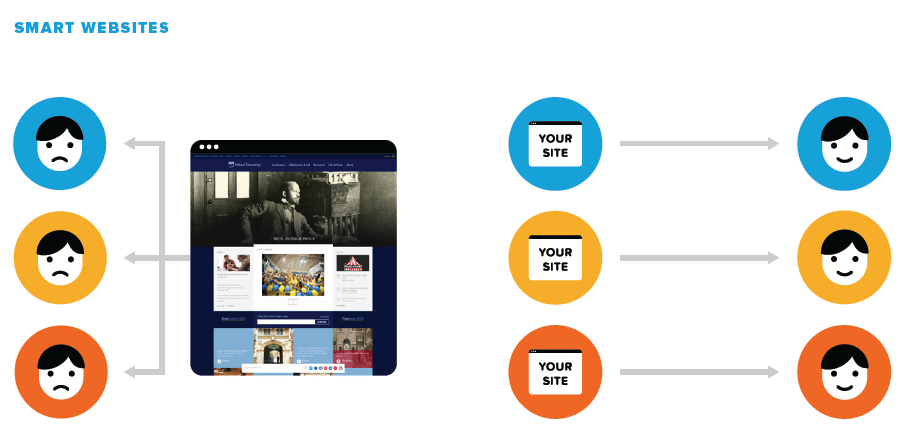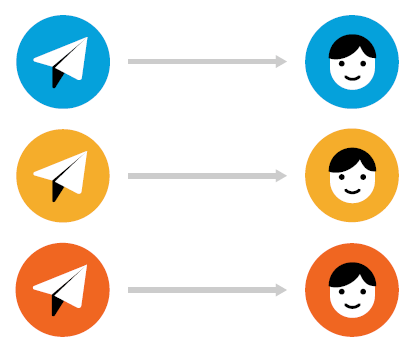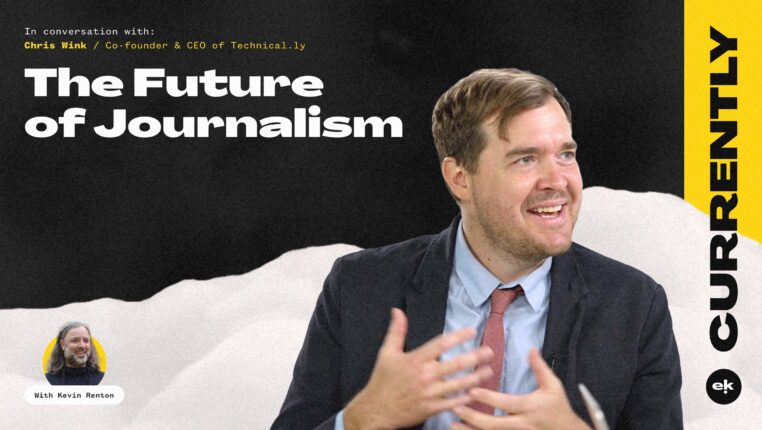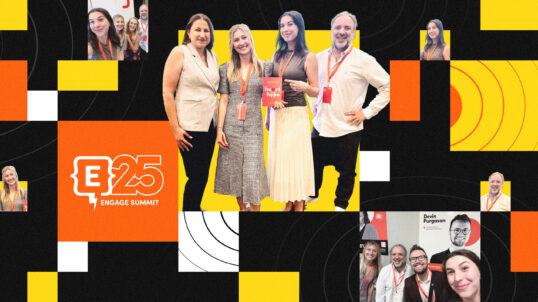The last year has seen a tipping point in terms of how digital marketing is conducted – pushing a single marketing message to your entire list just won’t cut it anymore.
Instead, marketers have learned to define their ideal user personas and segment their database. By creating helpful articles, videos, and guides that are tailored specifically to those users’ interests, their ideal users are naturally pulled to their websites and nurtured through a personalized information process (otherwise known as inbound marketing). By automating these workflows, marketing and sales staff can focus their attention on the users that are closest to making a purchase decision and just need that final nudge to make the transaction. For institutions with many different types of users, this can lead to significantly higher yields on time and money spent.
So while we’re seeing bigger returns on digital marketing groups’ efforts, what’s next? The future of digital marketing will be much more personal and holistic than what we’ve seen previously. My thoughts on the big trends we’ll see this year:
Aggregated Listening
Right now, users are giving brands valuable implicit insights into their goals and preferences through how they find and navigate your website. If you aren’t already pouring through your analytics reports to see the top landing pages, time on site, navigation paths, bounce rates, and goal completions, you are losing valuable opportunities to learn about your users’ needs and how your existing website meets those needs. Being able to break this down to the individual user and adjust your communications accordingly creates a highly personalized experience.
However, your customers don’t live only on your site. They’re posting valuable information about themselves on their social accounts, commenting on third-party publications, and are listed in multiple third-party resources that are freely available for those who know where to look. When all this information is aggregated, marketers can start painting a relatively cohesive picture of their users, their likes, and their personalities.
Granted, this is a messy and time-consuming process currently, but there are some startups making great advances in aggregating this data for specific industries (like Evertrue).
When you start aggregating the explicit and implicit characteristics of your users, you can organize them into segments and user personas. There are hundreds if not thousands of ways to segment these users, but once you create them, marketers will be much better armed to understand how and when to reach their ideal users and what message will give them the best chance at converting them to a sale.
Smart Websites
After marketers have created micro-segments to send highly personalized emails, users are still clicking into websites that show the exact same message to everyone. We need to move forward so that the same micro-segments used to send personalized emails are used to power personalized messaging across an entire digital footprint.
 Imagine working in a university’s marketing department, and having the ability personalize the messaging on your website homepage specifically for prospective students, current students, their parents, donors, faculty, or researchers. This type of personalization has shown to increase conversions by 42%!
Imagine working in a university’s marketing department, and having the ability personalize the messaging on your website homepage specifically for prospective students, current students, their parents, donors, faculty, or researchers. This type of personalization has shown to increase conversions by 42%!
Automated Workflows & Segmenting
As a user interacts with content on your website, you can automate a stream of follow-up messages that provides additional information relevant to what your users have expressed interest in. This content should be designed to show how your company provides solutions to their needs and walk them down the conversion funnel. These workflows can be triggered by visiting specific pages or site sections, submitting a form, or interacting with any other call-to-action on the site.
 By measuring how users engage with these follow-up messages and what they click on, you can continue learning about their specific preferences and desires. The best CRM solutions will automatically adjust future mailings based on the explicit and implicit interests of your audience. That way, you aren’t reliant on marketing managers to attach notes in a user profile and manually update your segments.
By measuring how users engage with these follow-up messages and what they click on, you can continue learning about their specific preferences and desires. The best CRM solutions will automatically adjust future mailings based on the explicit and implicit interests of your audience. That way, you aren’t reliant on marketing managers to attach notes in a user profile and manually update your segments.
This approach allows marketers to focus on the bottom of the sales funnel and provide personal attention where visitors are converting to customers.
Advertising
Again, everyone sees the same thing when they see digital ads. If you use the same user micro-segments and integrate what you’ve learned about your users, click-through rates and ROI will skyrocket.
Conclusion
The good news for marketers is that the work that’s been done in terms of user segmentation for email lays the ground work for all your future. By learning more about your users and using that information to create hyper-personalized interactions, marketers will be able to look like the rockstars they really are.




